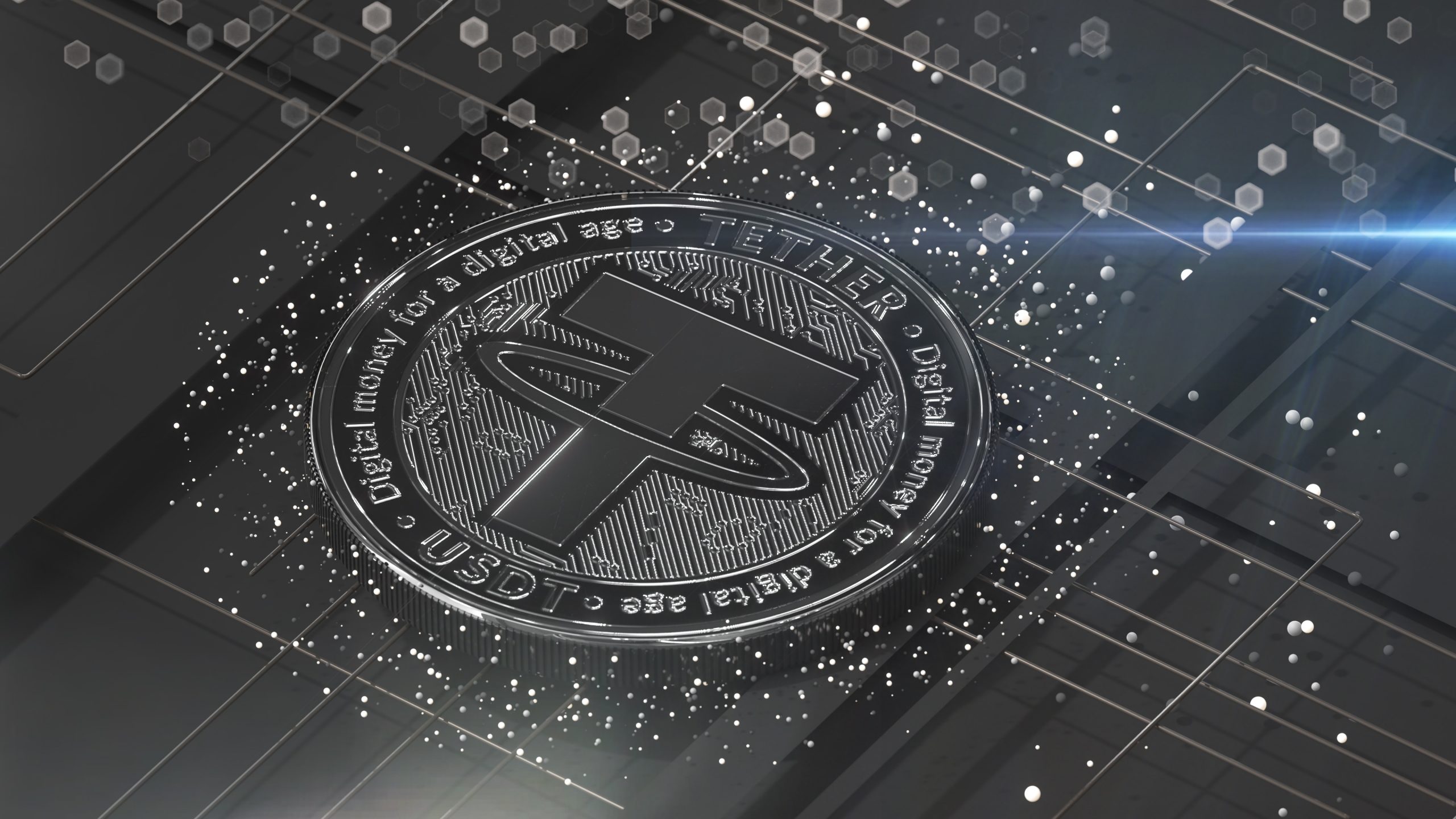Stablecoins are intended to exude stability of value in a volatile environment by being tied to a stable asset such as precious metals or fiat currencies.
Investors can use the tokens to store crypto assets at a stable value. They are also essential for trading on exchanges, since the majority of trading pairs on crypto exchanges such as Binance or Coinbase are traded against stablecoins.
But there are significant differences among the various stablecoins, for example in how the coin is secured or in the risk assessment. Therefore, below is a brief overview of the different types of tokens.
Fiat backed stablecoins
The most common variant is fiat-backed stablecoins. As the name suggests, these are cryptocurrencies that are physically backed by fiat currencies (such as US dollars or euros) and are therefore considered relatively safe. In most cases, projects bank physical reserves of fiat currency at a 1:1 ratio to the amount circulating in circulation.
The best-known representatives of this category are sometimes Tether (USDT) and the USD Coin (USDC). With a market capitalization of 78.8 and 50 billion US dollars, they are the top dogs of the stablecoin sector and at the same time an important part of the crypto economy. But the centralization of these projects always offers room for discussion.
Commodity-backed stablecoins are also physically backed. However, the security here is not provided by national currencies, but by raw materials such as precious metals, real estate or oil. The most popular asset is gold. Due to the physical security, this type of stablecoin is also considered relatively safe.
Digix Gold (DGX) provides a practical example of this. The commodity stablecoin is based on the price of gold. 1 DGX corresponds to the price of one gram of gold. The physical reserves are stored in Singapore, according to the Foundation. The project is currently trying to get a license in the Asian financial stronghold.
Crypto-backed stablecoins
The third category is crypto-covered stablecoins, which are also based on the course of fiat currencies. However, at least one cryptocurrency such as Bitcoin or Ether (ETH) is deposited as security. The degree of hedging can vary within this category. Typically, crypto-backed stablecoins are over-collateralized to provide a financial cushion against falling prices. An example is DAI.
The stablecoin is pegged to the US dollar and backed by ether. The following example illustrates how the system works:
Let's say $200 in ETH equals $100 in DAI. This gives you 200 percent protection. For example, if the ETH rate falls by 25 percent, the USD 100 in DAI is still covered by USD 150 in ether.
The advantage of crypto-backed stablecoins lies in their decentralization, because unlike fiat or commodity-linked stablecoins, the collateral is not managed by an entity that investors have to trust. The downside of the coin is again associated with a higher risk, since higher price fluctuations are possible.
Finally, there are the unsecured algorithmic stablecoins that attempt to track the price of a fiat currency (usually USD). This type of stable-value cryptocurrency is primarily characterized by the fact that there is no protection by a virtual or physical asset. Rather, an algorithm regulates the circulation amount.
In concrete terms, this is how it works: If there is high demand, the algorithm generates new coins in order to keep the stablecoin price as constant as possible, for example at USD 1. On the other hand, if demand falls, the algorithm buys up the oversupply until the price has approached the USD 1 mark again. In most cases, the stablecoins are then “destroyed”.
In general, algorithmic stablecoins are valued for their high degree of decentralization. However, this is offset by an equally high level of risk, as the most recent example of Terra impressively demonstrates.
My Top PicksHoneygain - Passive earner that pays in BTC or PayPalMandalaExchange -The Best no KYC crypto Exchange!
BetFury - Play And Earn BFG for daily Bitcoin and ETH dividends!
Pipeflare - Faucet that pays in ZCash and Matic, Games pay in DAIWomplay - Mobile dApp gaming platform that rewards in EOS and BitcoinCointiply - The #1 Crypto Earning SiteLiteCoinPay -The #1 FaucetPay earner for LitecoinLBRY/Odysee - YouTube Alternative that lets you earn Money by viewing videos!FaucetPay - The #1 Microwallet PlatformFREEBTC - The #1 FaucetPay earner for Satoshi'sFaucetCrypto - An earning/faucet site that pays out instantlyFireFaucet - An earning site that pays better for some than Cointiply
DogeFaucet - Dogecoin Faucet
xFaucet - BTC, ETH, LTC, Doge, Dash, Tron, DGB, BCH, BNB, ZEC, FEY - Claim every 5 minutes
Konstantinova - BTC, ETH, LTC, Doge, Dash, Tron, DGB, BNB, ZEC, USDT, FEY, 25 Claims Daily


Comments
Post a Comment